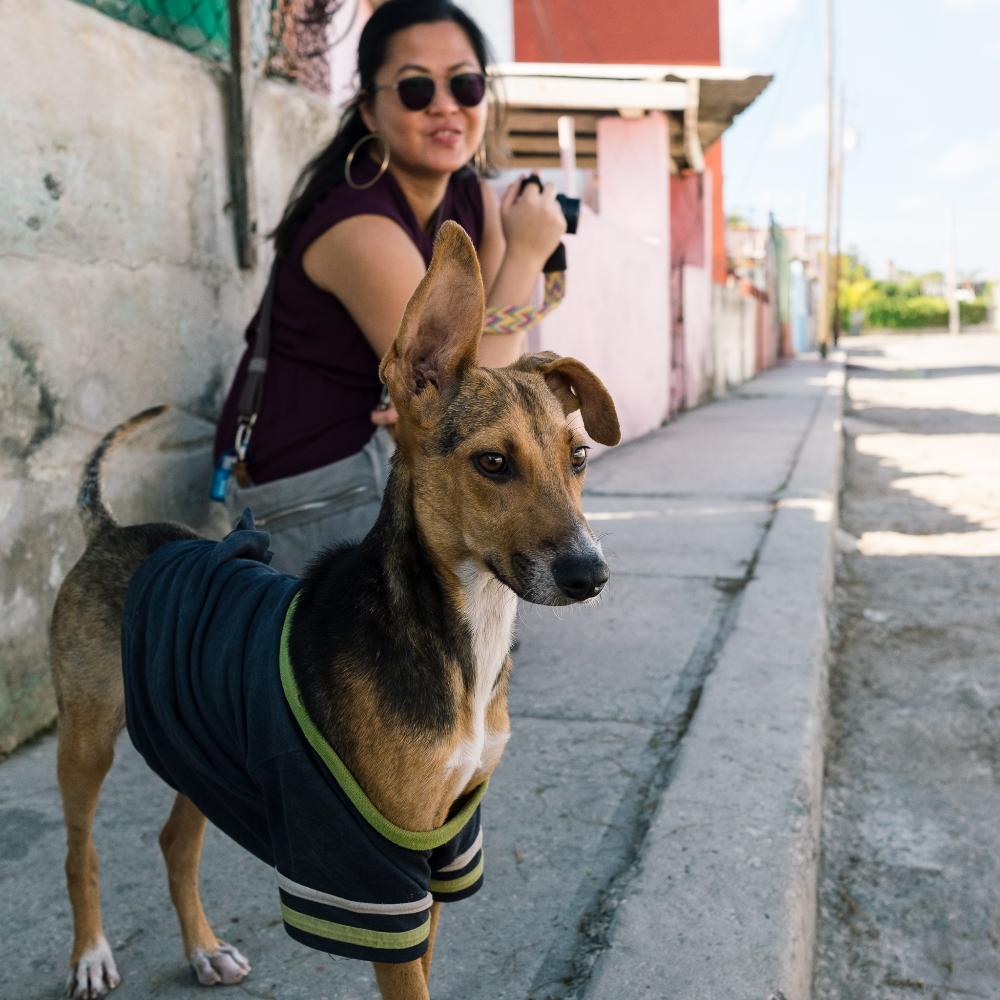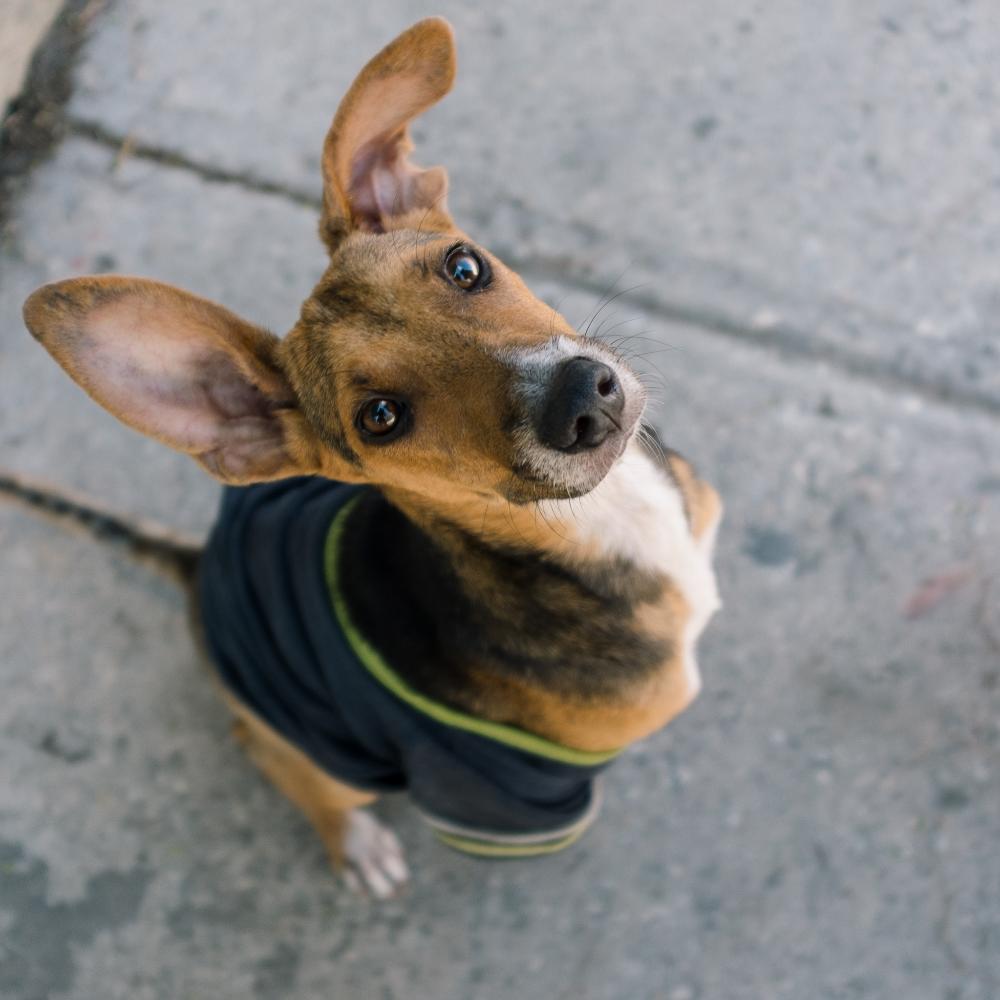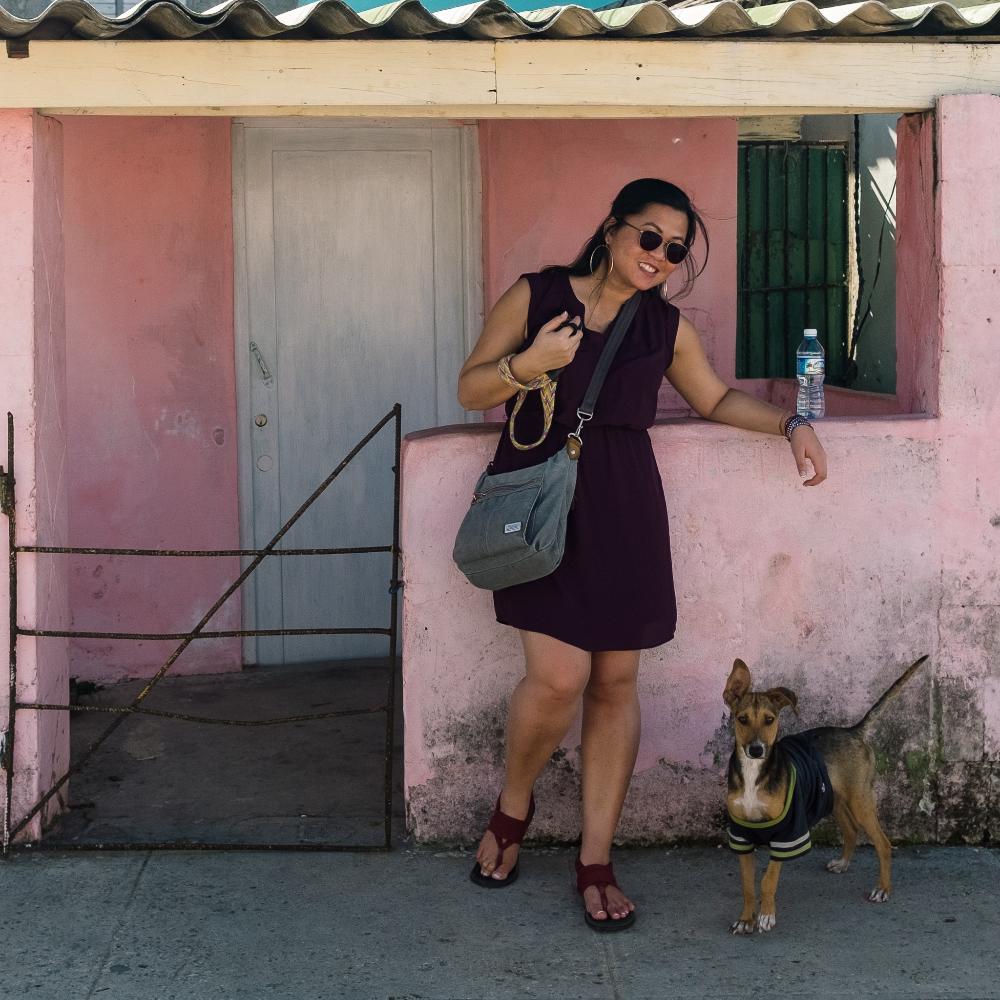Up to the age of 9, one of my favorite things to do, besides hand feeding my few surviving goldfishes (don't ask), was to decorate my room walls with drawings and stickers. The four walls of my bedroom (plus some other walls in our house) were full with drawings, doodles, and stickers up to as high as my hands could reach, it was so full you couldn't even guess what was the real color of the wall. Our house guests called it serious vandalism, but my dotting parents called it a genuine expression of the art of a child. I was brought up with single child treatment (spoilage) and it shows. I was like a travel sized dictator with a penchant for oil pastels and barbies.
This childhood hobby was perhaps the first symptoms of my deep interest in doodling and mosaic art, and any other form of art that involves laborious and minutiae details. I believe that art in the form of doodles, mosaics, and or tiling is human and universal. I mean, come on, as soon as a toddler can pick up a pen, what would be the first thing he draws? Doodles! Except if it's toddler Bob Ross, he would probably have drawn happy little trees and clouds. And mosaics? OMG, you can literally find this kind of art form in any culture from any era! I find it utterly amazing when someone dedicates their time, resource, and effort into something so detailed yet so useless in the name of art.
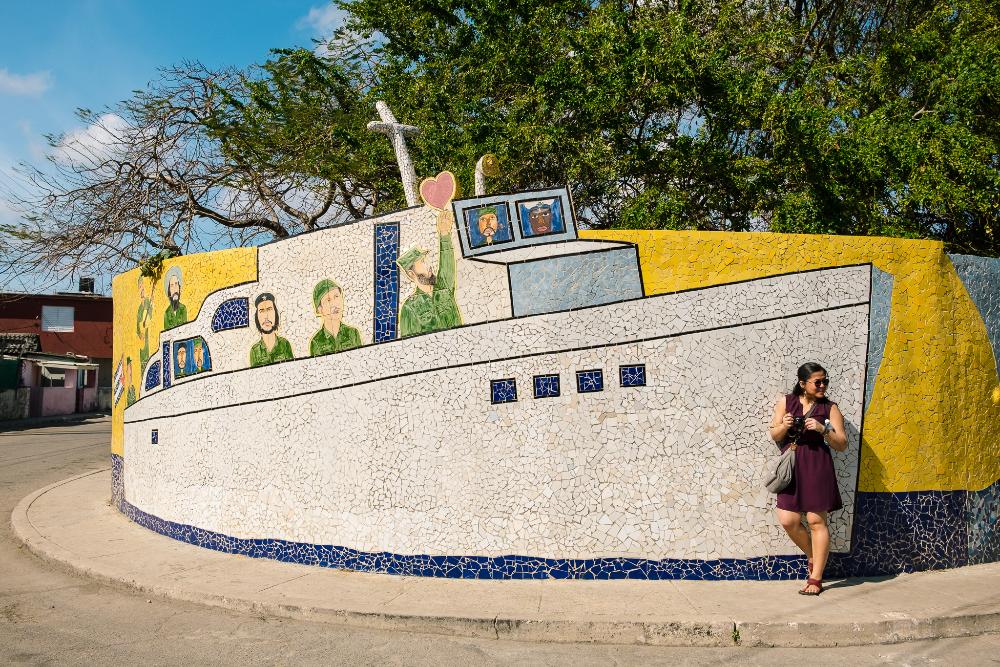
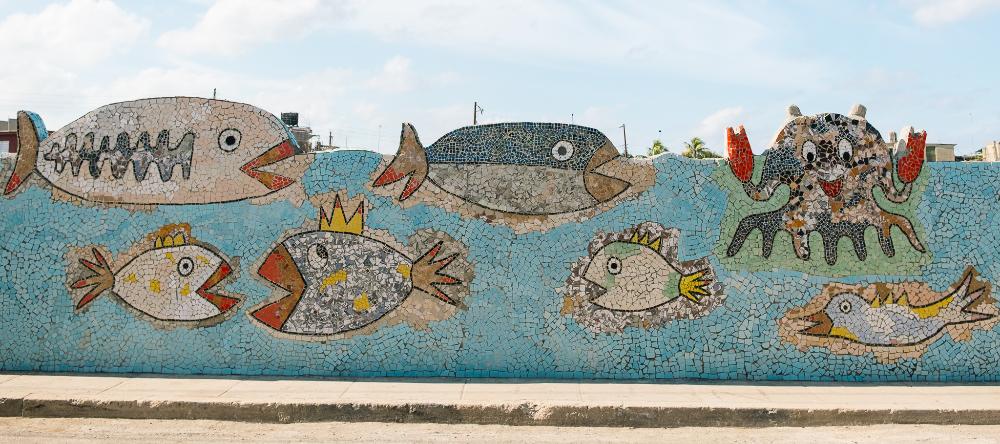
Cuba has its own mosaic tiling hero called Jose Fuster, and I fell in love with his artwork at first sight. How the hell I am not?? Look at his artwork, so honest, so whimsical. Raw composition and bright colors are definitely my thing. I don't like it if art makes me use my brain just to understand it, but Fuster's artwork is blunt.
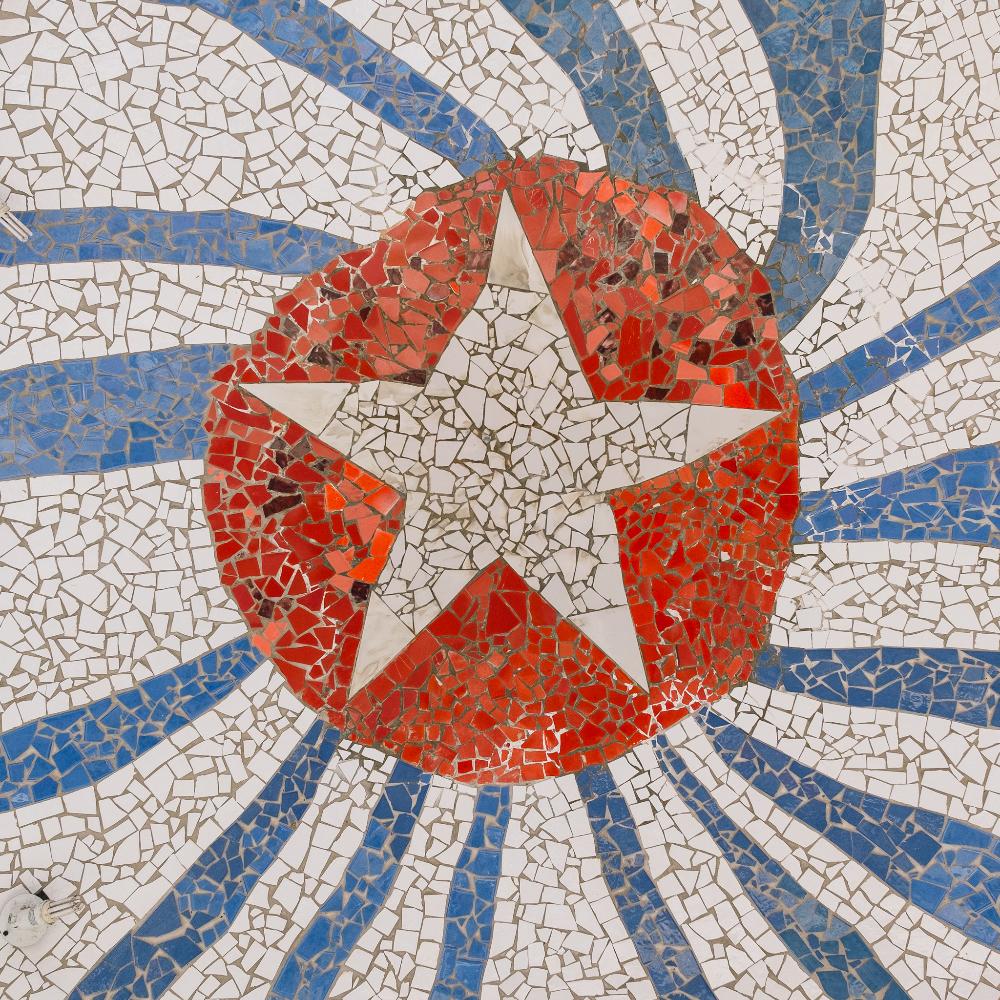
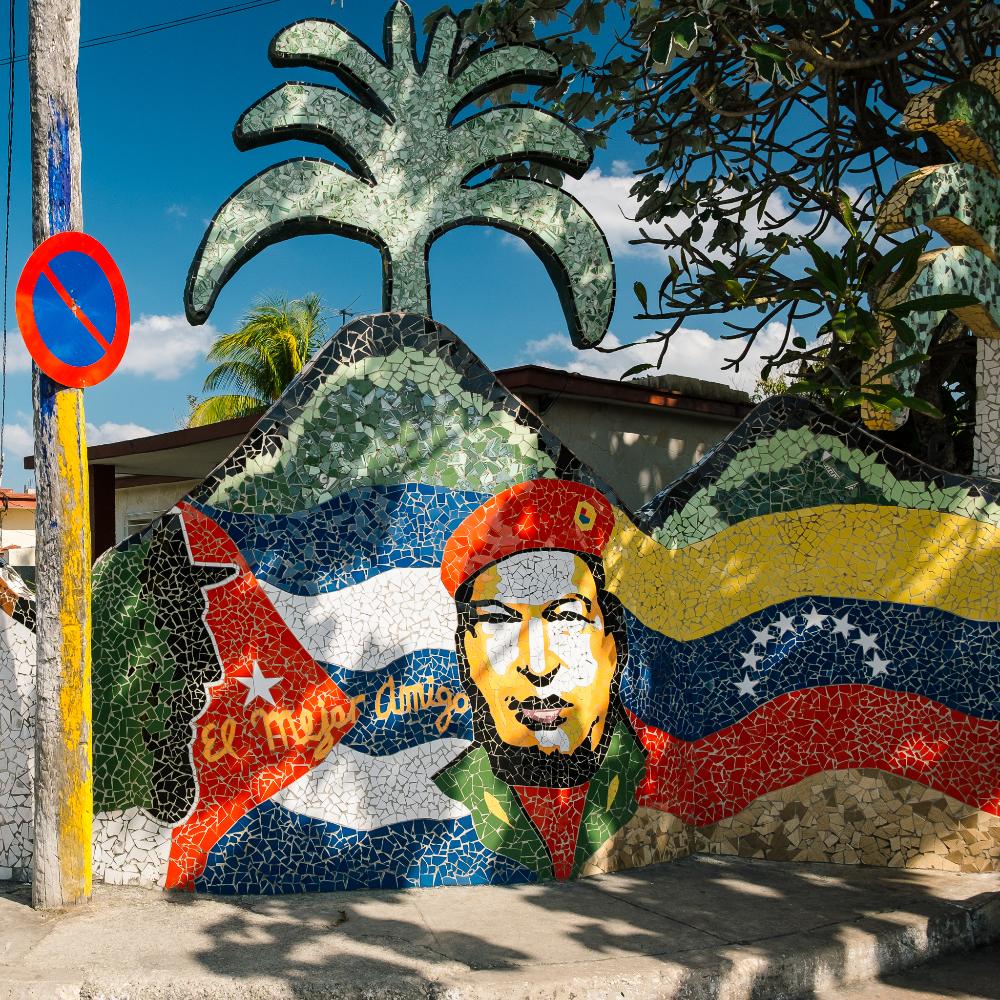
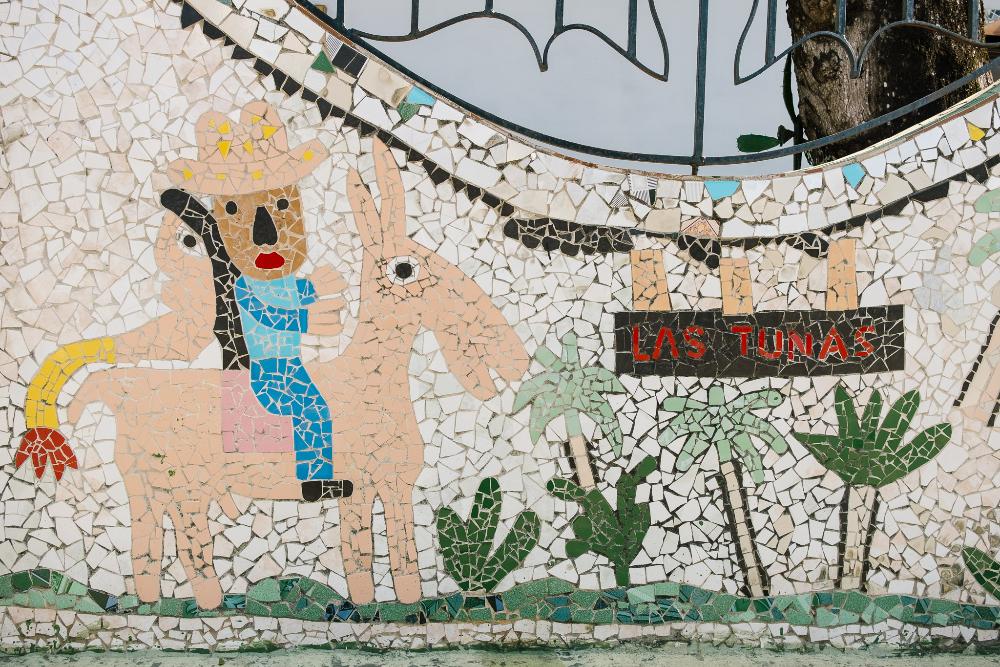
Fuster moved to Jaimanitas, a rundown fisherman village in the outskirt of Havana in 1975. He decided to put some zest into his neighborhood by decorating his studio with colorful mosaics, and this was where his tiling kingdom, FUSTERLANDIA began. His passion in mosaic tiling spread like a disease in his neighborhood, resulting in Jaimanitas to be the most artistic fisherman village in Cuba. It's a combination of a Caribbean fisherman folk art meets Antonio Gaudi. In fact, Fuster has been always open about his admiration of Gaudi's works.
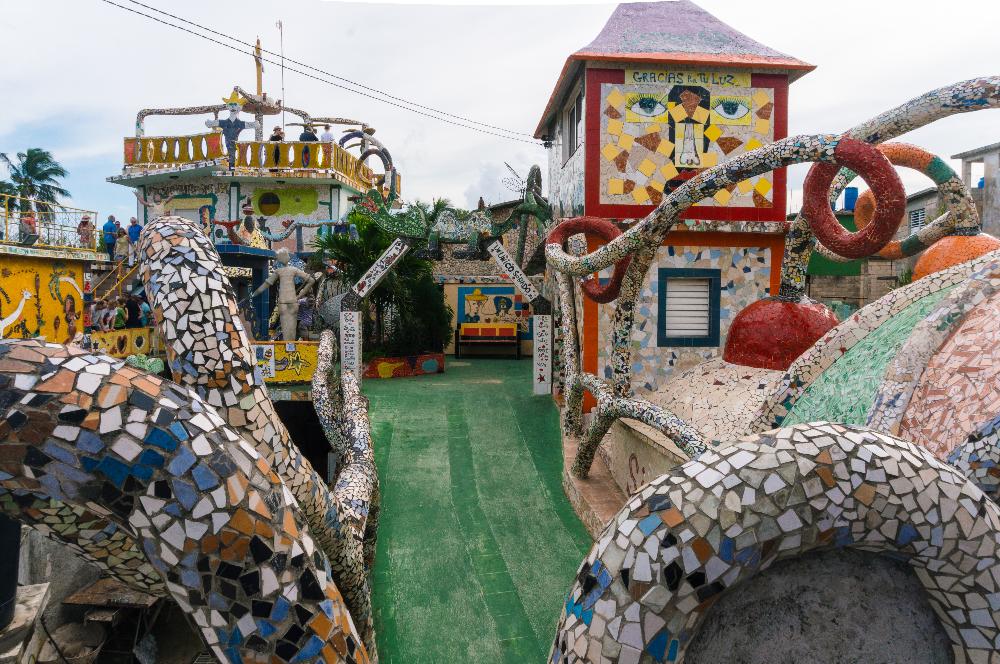
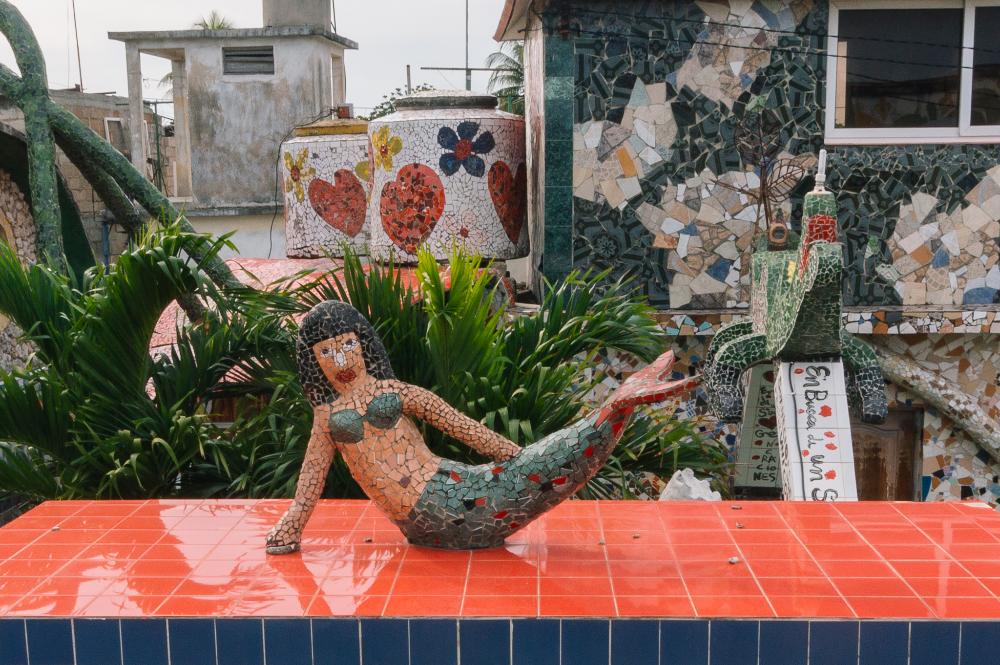
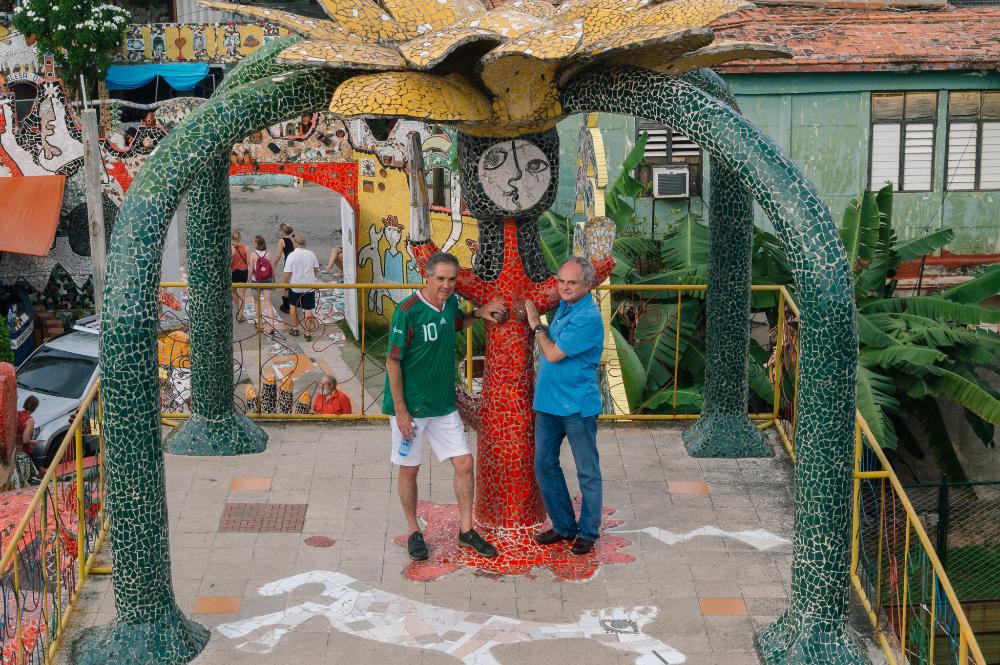
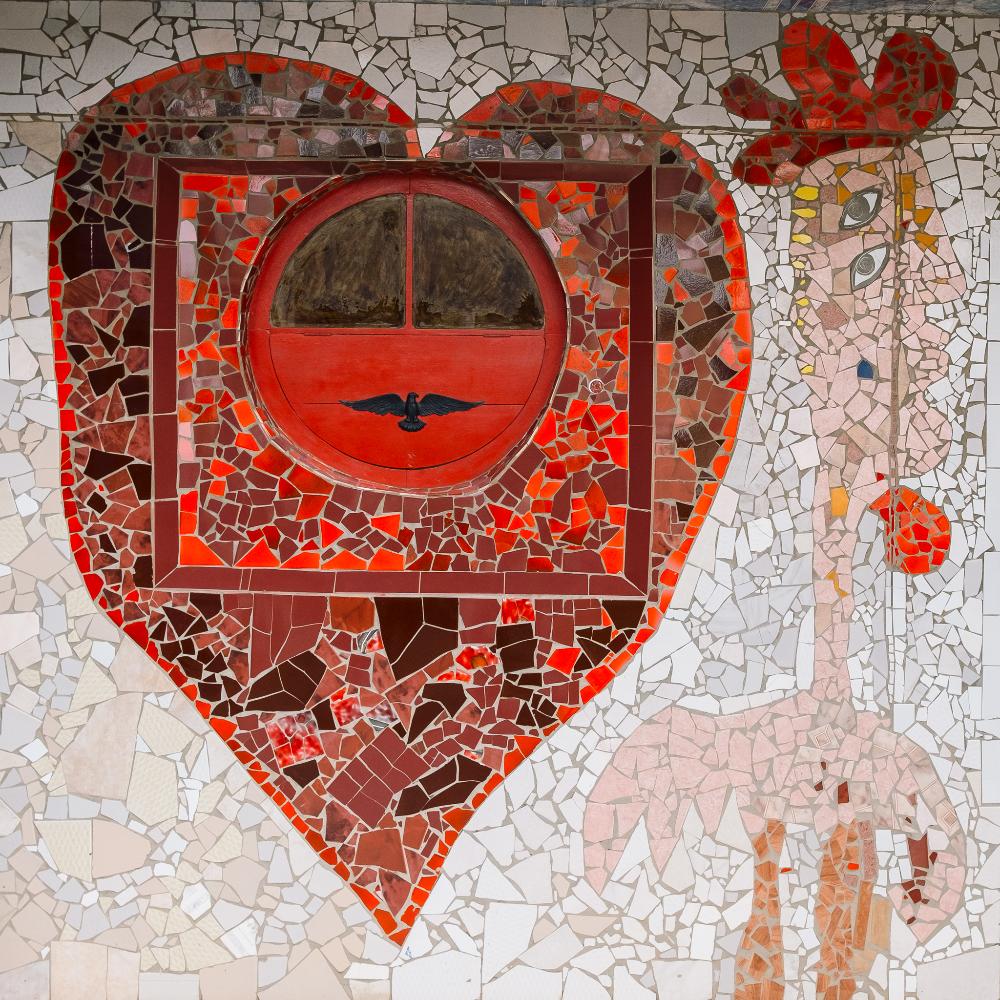
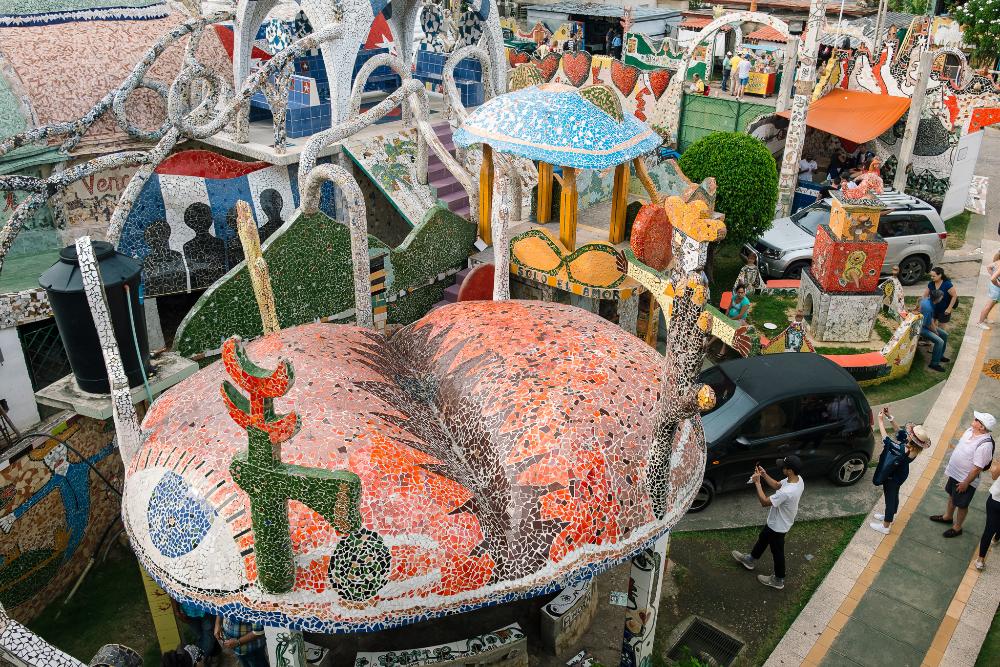
This once impoverished fisherman village has become a never-ending, ever-expanding mega art project. You can see more and more walls are prepared to be the next canvas of Fuster-style mosaic tiling. Modern Jaimanita doesn't look like an impoverished area anymore. The economy in this area seemed to have shifted drastically fo sho. Art shops, restaurants, and cafés are blooming. I bet even the value of property here is rising thanks to those tiny mosaics.
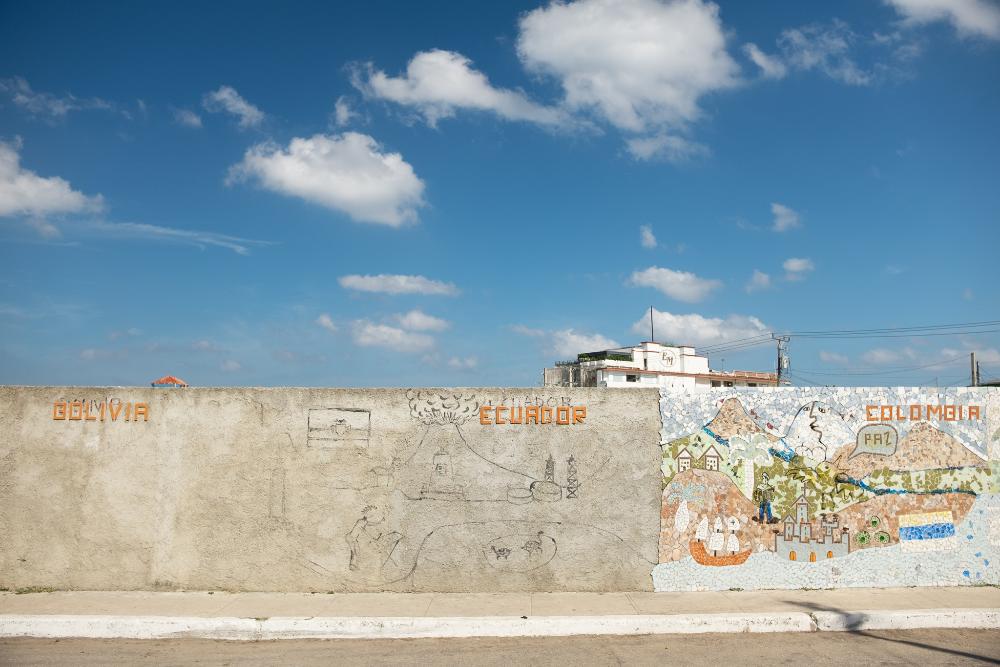
Fusterlandia has become one of the icons of Cuba. You know what other thing that is iconic to Cuba? Pinacolada. Yep, you can find a fresh pina colada straight on a pineapple sold by a dandy street pina colada vendor right on the front of the Fusterlandia gate. Which is great after a long walk around the neighborhood.

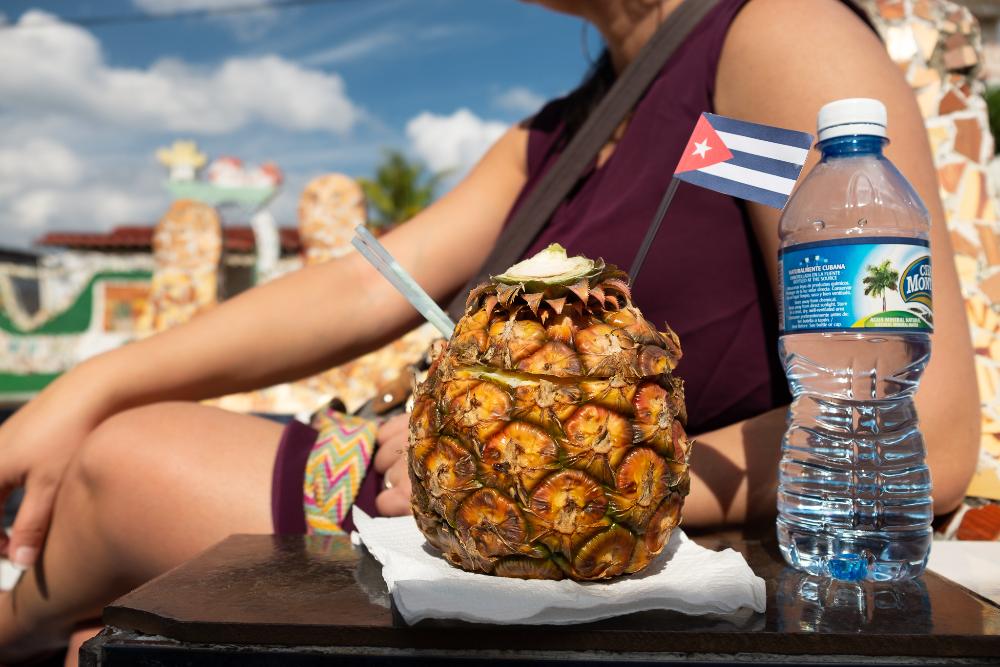
We had time to explore the neighborhood and witness how far-sprawled is Fuster influence in Jaimanita, and man, it's far! When you look closely at it, it's not only broken tiles mushed up together, it's about anything you can imagine. From hand-written poems to hand-drawn selfie. The whimsical of this tile mishmash knows no boundary.
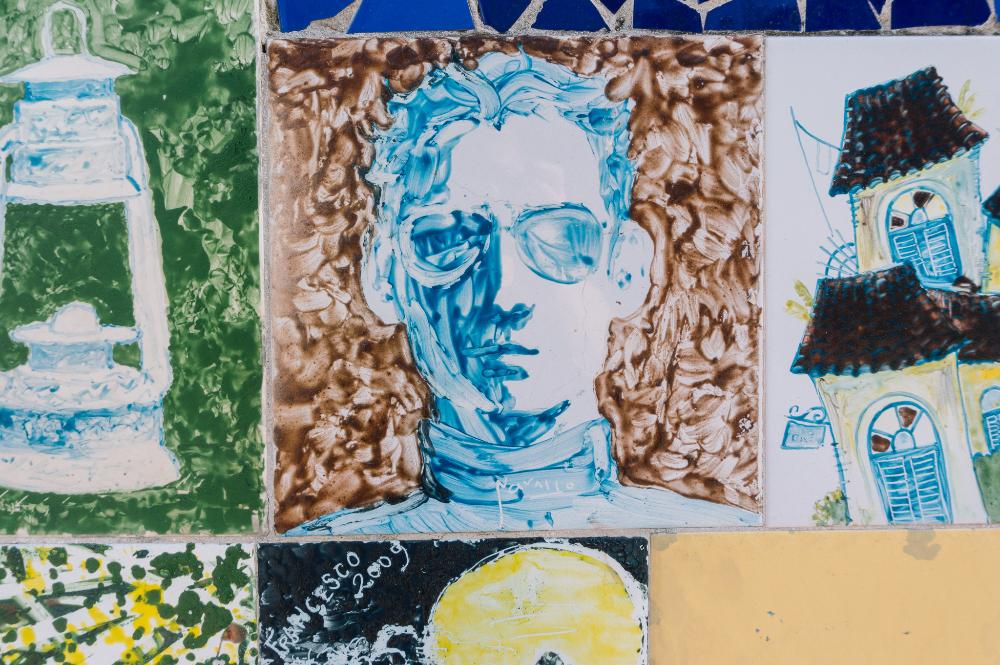
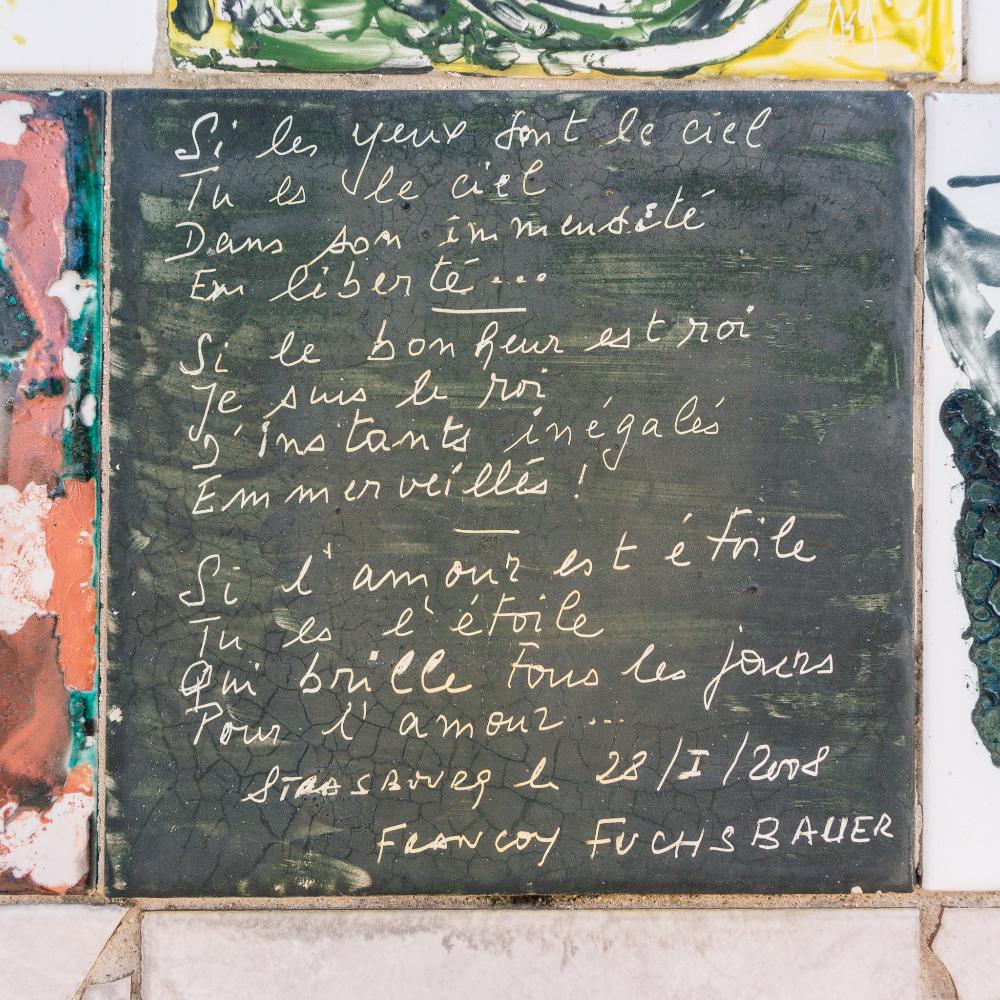
We went to a Tripadvisor-famous local seafood restaurant called Santy Pescador to have lunch, and I wouldn't advise you to go there. Not because I hate them, but because I love you.
First of all, this place is quite in a distance from Fusterlandia by foot, and it is hidden away as if it doesn't want to be found. The only entrance to get to this restaurant is a tiny dead-end alley with no billboard whatsoever to tell you that it is the right alley to take. The food itself was good, although I found the price was a bit steep for what we got. We also had to wait quite a while for the food to come and to my surprise, it didn't come with any side dish, although we have specifically asked for it. We didn't complain tho since we no habla espagnol were too hungry to complain.
There are other Tripadvisor/Lonely Planet/famous restaurants around tho, so don't worry, you won't starve in this area. All in all, we loved our visit to Fusterlandia and would definitely recommend it.
The essentials
Worthiness: HECK, YES DEFINITELY.
Ideal for: anyone who visit Havana
Not ideal for: OCDs. I warn you, the tiles aren’t cut identically, nothing is symmetrical, the colors don’t match, and all other whimsies.
How to get there: take a taxi, it’s about 20 CUC from downtown Havana, unless you have a PhD in negotiation in Spanish. You can also take the hop-on-hop-off bus, take the T2 from Miramar area and tell the bus driver to drop you at Casa Fuster.
Entrance fee: FREE. You can always buy some of the artworks of Jose Fuster himself or of other local artists to contribute to the community.
Tour or no tour: there are no audio guide of tour guide on the spot to guide you through each of the artwork. There is, however, a video of brief history of Jose Fuster, Fusterlandia, and Jaimanita in few languages plays nonstop near the entrance.
Insider tips: give yourself at least an hour and a half to visit Fusterlandia and its surrounding. The art shops on the front of the Fusterlandia were quite reasonably priced. Keep an eye for one particular friendly local; the dog in jammies. Reduce eye contact to minimum otherwise you will find yourself trying to bring it home with you.
